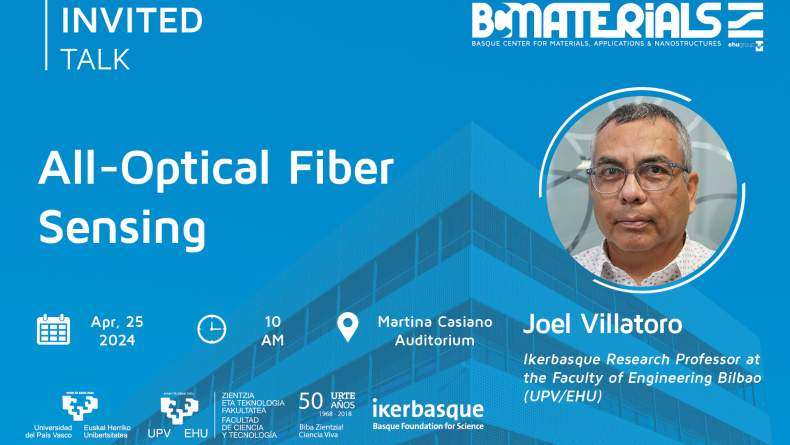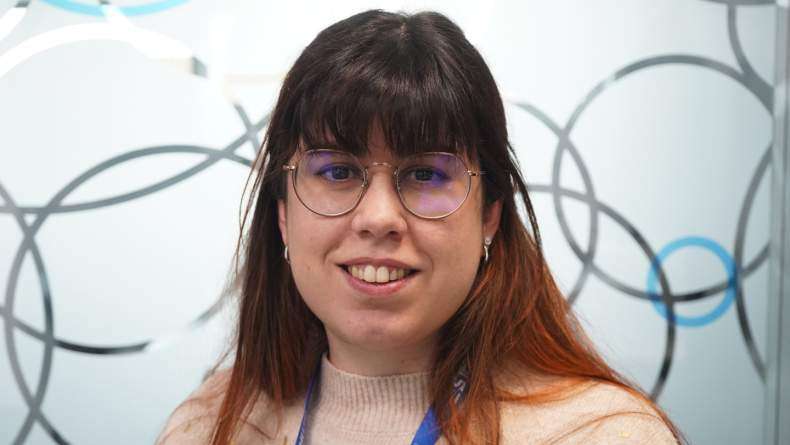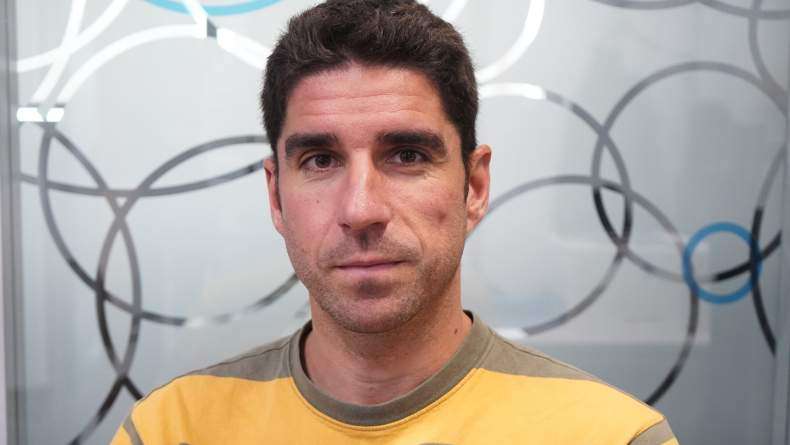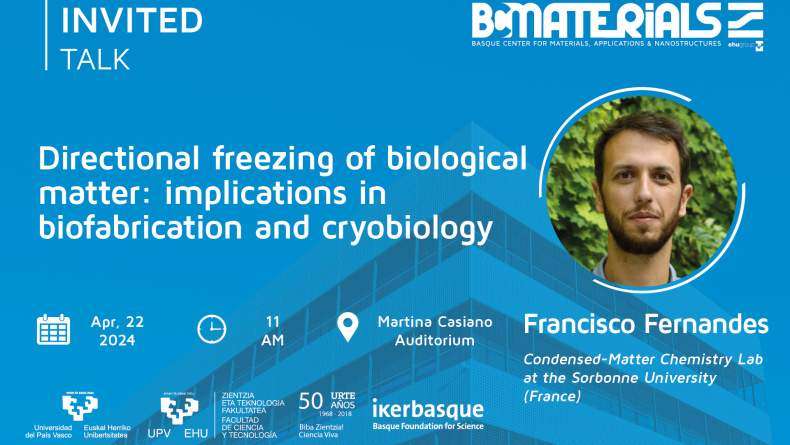BCMaterials Fortnightly Seminars #29
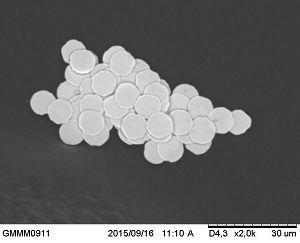
"Detachment and recovery of permalloy nanodiscs for applications"
MAITE GOIRIENA
(BCMaterials)
Magnetic nanoparticles are extensively studied for biomedical applications because their size are comparable to biological entities, while providing remote capabilities of actuation. Disc shaped ferroma gnetic nanostructures display an attractive alternative to chemically-synthetized oxide nanoparticles that are used normally. First, Permalloy (Py) nanodiscs display much higher saturation magnetization and second, with the appropriate dimensions, they can present a spin vortex magnetic configuration, which leads to net zero magnetization at remanence, eliminating the problem of particle agglomeration. Therefore, Py nanodiscs present a huge potential for biomedical applications, ranging from cancer cell destroy by hyperthermia or mechanical actuation to MRI contrast enhancement and drug delivery. In fact, micrometric discs has been shown to produce cell apoptosis by their mechanical oscillation under a low ac field. Discs in the nanometer scale might cross cell membrane expanding the biomedical possibilities.
gnetic nanostructures display an attractive alternative to chemically-synthetized oxide nanoparticles that are used normally. First, Permalloy (Py) nanodiscs display much higher saturation magnetization and second, with the appropriate dimensions, they can present a spin vortex magnetic configuration, which leads to net zero magnetization at remanence, eliminating the problem of particle agglomeration. Therefore, Py nanodiscs present a huge potential for biomedical applications, ranging from cancer cell destroy by hyperthermia or mechanical actuation to MRI contrast enhancement and drug delivery. In fact, micrometric discs has been shown to produce cell apoptosis by their mechanical oscillation under a low ac field. Discs in the nanometer scale might cross cell membrane expanding the biomedical possibilities.
We propose Hole-Mask Colloidal Lithography (HCL) technique, an evolution of Nanosphere Lithography, to prepare Py nanodiscs. Actually, magnetic vortex state Py nanodiscs have already been prepared with different diameter (60 and 125 nm) and thickness (from 30 to 50 nm). Moreover, HCL has been proved to provide a high production yield (about 0.1 mg in a 2" wafer) assessing, at a laboratory scale, the suitability and performance of vortex nanodiscs for biomedical applications. For that, nanodiscs must be detached from the substrate and dissolved in water. Detachment methods have been tested using lithographically defined 10 mm in diameter Permalloy microdiscs, to easily observe the experimental steps. Microdiscs have been successfully detached using either a sacrificial layer of copper or germanium, and later recovered to be dissolved in water. The detachment technique has been reproduced with the nanodiscs and the results are promising.
"Cationic Metal Organic Frameworks: Crystal Structure Determination and Description"
ROBERTO FERNANDEZ
(BCMaterials)
Metal organic frameworks (MOFs) are crystalline and well-ordered materials with potential applications in gas storage, as molecular sieves, catalysis, gas sensing, protonic conductivity… Three dimensional MOFs constructed by cationic frameworks, and more concretely by cationic layers pillared by anionic linkers are scarce. Usually, the positive charge of the cationic layers is compensated by anionic species such as, NO3-, PF6-, ClO4-, or metal-anion complexes encapsulated within the pores or channels of the crystal structures. In other cases, the anion species are linked to the metal centres, but they do not act as linkers.
The synthesis and crystal structure resolution and refinement of two new three dimensional cationic MOFs will be described. Concretely, we have synthesized two MOFs based on (CuBpy)2+ and Cu(Bpa)2+ cationic metal-organic layers pillared by disordered nitrate groups acting as linkers between the metal centres. The cationic frameworks possess large channels in which the tetrahloroethane solvent molecules are guest encapsulated. The crystal structure determination process and the effect of the disordered anion groups and guest molecules in the structural refinement process will be discussed in detail.
Related news
Invited Talk with Joel Villatoro on April 25
On April 25, BCMaterials will receive Dr. Joel Villatoro as a new invited speaker with the talk entitled “"All-Optical Fiber Sensing". The talk will start at 10:00 at the Martina Casiano auditorium (…Eloie Gallego, New Research Technician Assistant
BCMaterials welcomes Eloie Gallego, who joins our center as new Research Technician Assistant. She will work giving service to a growing laboratory activity in our facilities. Eloie’s academical and…Jorge Saiz, New Ramón y Cajal Researcher at BCMaterials
We are happy to receive Jorge Saiz Galindo as new Ramón y Cajal Fellow, post-doctoral researcher in BCMaterials. Dr. Saiz obtained his degree in Biology and his PhD at the University of Alcalá, in…Invited Talk with Francisco Fernandes on April 22
BCMaterials will offer a new invited talk on April 22 with Francisco Fernandes, Associate Professor of the Condensed-Matter Chemistry Lab at the Sorbonne University (France) The talk will begin at…
